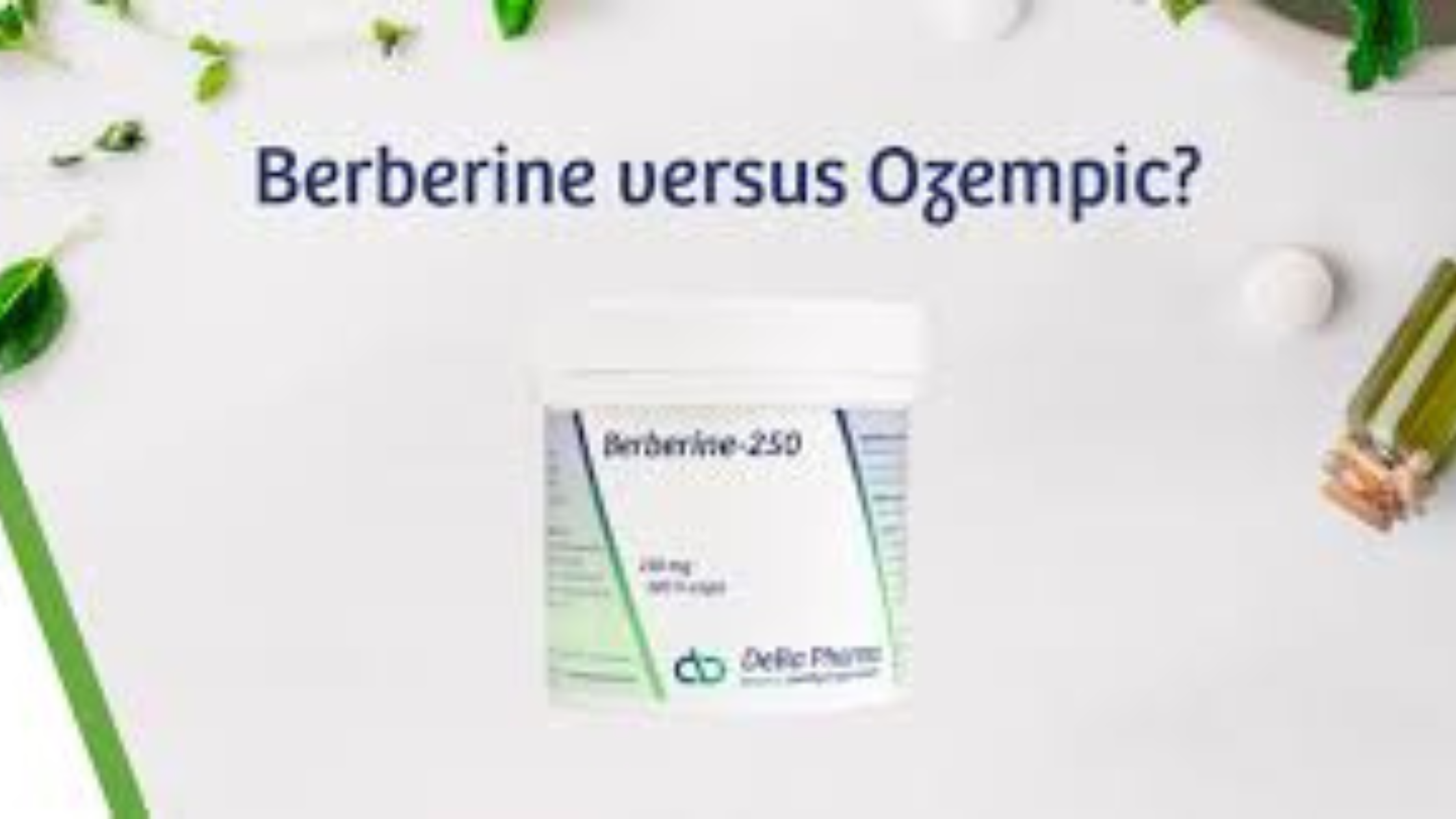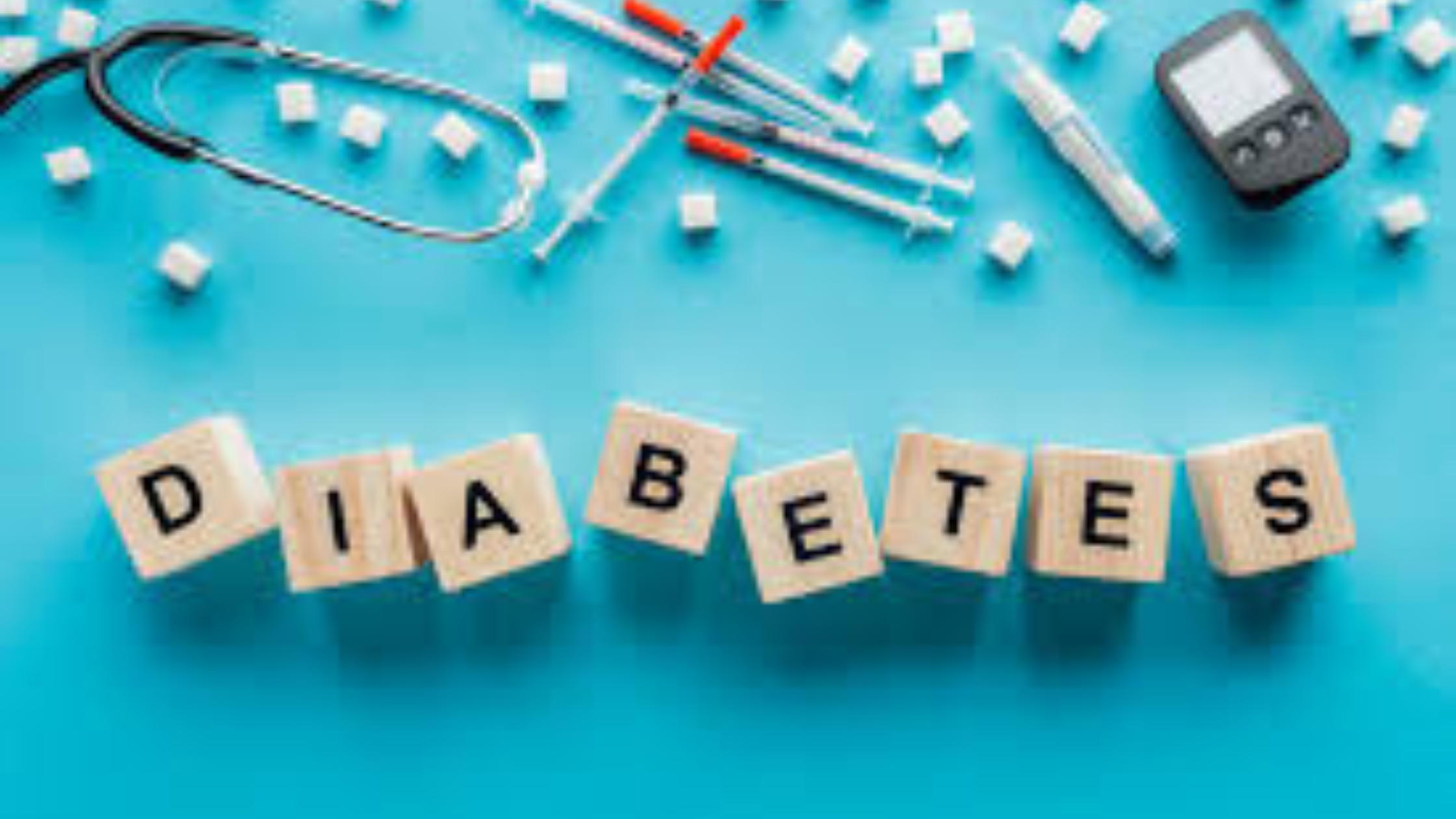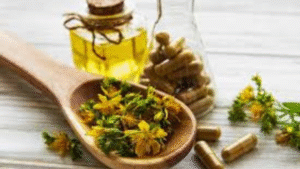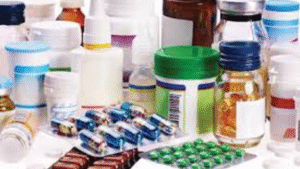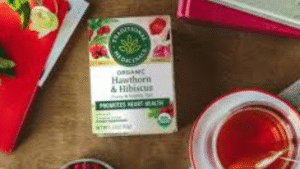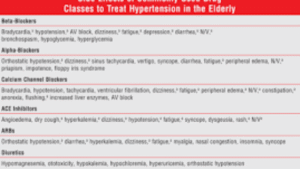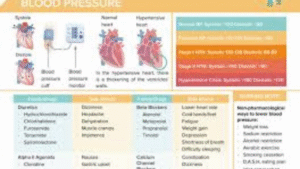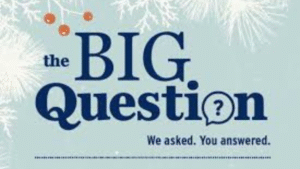Let’s Start with a Truth We Don’t Talk About Enough
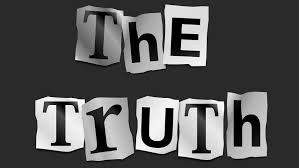
Garlic Hibiscus Hawthorn.High blood pressure. Hypertension. Call it whatever name you prefer, it’s one of those health conditions that sneaks into your life like an uninvited guest who refuses to leave. One year, your check-up is fine. The next, your doctor squints at the cuff reading, sighs, and tells you the numbers are creeping up. Suddenly, you’re looking at a prescription for hypertension medication and a long list of “lifestyle adjustments.”
And honestly, it’s jarring. Nobody dreams of spending their mornings popping pills and tracking blood pressure logs. Medication works — it’s a lifesaver, no doubt. But here’s the thing: people often start wondering if there’s something more, something natural that can sit alongside their meds and routine.
That’s when garlic, hibiscus, and hawthorn enter the conversation. Garlic’s sitting in your pantry. Hibiscus shows up in teas across Mexico, the Caribbean, and West Africa. Hawthorn berries? Less familiar, sure, but they’ve been a heart staple in Europe for centuries.
But before you rush to the herbal aisle, let’s clear the air. Herbs aren’t automatically safe just because they’re “natural.” They can clash with prescription drugs. Sometimes they boost the effect too much. Other times, they weaken it. These clashes are called herb medication interactions, and they’re exactly why smart folks use a herb drug interaction checker before trying something new.
So, what’s the deal with these three herbs? How do they help, where do they trip us up, and how can they actually fit into smart hypertension self care? Grab a cup of tea — maybe hibiscus — and let’s walk through it.
Why High Blood Pressure Is Like a Hose Under Stress
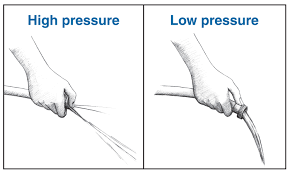
Let me explain this simply. Imagine you’re watering your yard, but you’ve turned the spigot up too high. The hose swells, stiffens, maybe even leaks. That’s hypertension. Constant pressure against your arteries, wearing them down little by little.
Your heart is the pump behind that hose. If pressure’s too high, the pump works harder, eventually wearing out. That’s why hypertension is called the “silent killer.” You don’t feel it, but it’s doing damage day in and day out.
Doctors lean on hypertension medication to bring those numbers down. ACE inhibitors relax the vessel walls, beta-blockers slow the heart, diuretics flush out excess sodium and water. They’re effective. But you know what? Side effects are real. That’s why people start looking sideways at natural support like garlic, hibiscus, and hawthorn.
Still, here’s the reminder we can’t skip: combining meds and herbs without guidance can backfire. Think of it like mixing household cleaners. Both might “clean,” but together? You could get toxic fumes. Herbs plus meds without checking for herb medication interactions is just like that. That’s why tools like www.evaluatemymeds.com exist — to make safe hyper tension treatment easier to navigate.
Garlic: The Kitchen Staple That Packs More Than Flavor
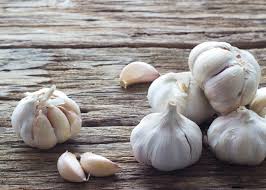
Picture the smell of garlic sizzling in a pan. Comforting, right? But garlic is more than a flavor bomb. Across cultures and centuries, it’s been medicine. The National Center for Complementary and Integrative Health even lists garlic among the most studied herbs for heart support.
Why Garlic Supports Blood Pressure
Allicin helps relax blood vessels. Relaxed vessels = lower pressure. Studies show garlic supplements can lower systolic blood pressure by 8–10 mmHg and diastolic by 5–6. That’s not “miracle cure” numbers, but in blood pressure management, even a 5-point drop lowers the risk of strokes and heart attacks. Garlic also lowers cholesterol, which doubles its value in heart health.
The Not-So-Great Part
But garlic’s power comes with risks. It thins the blood. If you’re already on anticoagulants like warfarin or daily aspirin, garlic can turn “healthy support” into “dangerous bleeding.” That’s one of the most common herb medication interactions. Combine it with hypertension medication, and the overlap can quickly become unsafe.
Garlic in Real Life
So what’s the smart move? Food first. Roast whole cloves, mince them raw into guacamole, or stir them into soup. Supplements can help too, but before you add them, it’s smart to check through www.evaluatemymeds.com. That way, garlic becomes a trusted part of your hypertension self care, not an unnecessary risk.
Hibiscus: The Ruby Red Helper
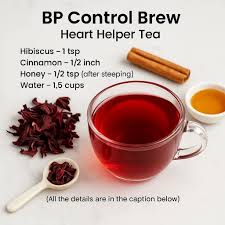
If garlic is earthy, hibiscus is bold and bright. If you’ve sipped agua de jamaica in Mexico, bissap in Senegal, or sorrel at Caribbean Christmas dinners, you’ve already met hibiscus in its cultural glory. Beyond taste, hibiscus tea has actual research muscle. Mayo Clinic notes that studies support its blood pressure-lowering effects.
Why Hibiscus Helps
Hibiscus works like a mild diuretic. It helps your body flush sodium and excess water. Clinical studies show it can lower systolic blood pressure by 7–10 mmHg, sometimes rivaling light hypertension medication.
The Catch You Might Not Expect
But here’s the thing. If you’re already on diuretics or ACE inhibitors, hibiscus can add to their effect. Suddenly, blood pressure dips too low, or potassium drops. Again — a classic case of herb medication interactions.
A Sensible Way to Drink Hibiscus
Want to enjoy it safely? One or two cups of hibiscus tea daily. Hot in winter, iced in summer. Delicious, refreshing, and effective. But if you’re on meds, check first. A quick run through www.evaluatemymeds.com keeps you safe. Then hibiscus becomes part of your hypertension self care, not a hazard.
Hawthorn: The Old Friend You Didn’t Know You Had
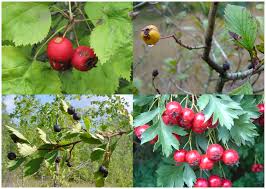
Hawthorn might not be as familiar as garlic or hibiscus, but it’s long been trusted in Europe for heart health. Cleveland Clinic even lists it as a promising herbal support for circulation.
What Hawthorn Does Well
Hawthorn is rich in flavonoids that keep vessels flexible and circulation smooth. It doesn’t lower blood pressure dramatically, but it strengthens the system. Some studies even show people with mild heart failure exercising longer with hawthorn support.
The Complicated Side
But hawthorn interacts with drugs like digoxin, beta-blockers, and nitrates. Sometimes it amplifies their effects, sometimes it reduces them. That unpredictability makes it a risky mix with hypertension medication — another example of herb medication interactions doctors warn about.
Using Hawthorn Safely
If hawthorn intrigues you, bring it up with your provider. And check it against the interaction checker at www.evaluatemymeds.com. Used carefully, it can support hyper tension treatment. Used carelessly, it can undo progress.
Why Interactions Aren’t Just “Fine Print”
Honestly, people shrug off warnings. “It’s just tea.” “It’s just garlic.” But herbs aren’t toys. Garlic thins blood. Hibiscus acts like a water pill. Hawthorn tweaks heart rhythms. Add them to hypertension medication, and your body’s juggling more chemistry than you bargained for.
That’s why doctors stress herb medication interactions so much. They’ve seen ER visits that started with “I just tried a supplement.” And that’s why a herb drug interaction checker is worth a minute of your time. www.evaluatemymeds.com makes it easy, so you’re not left guessing.
Hypertension Self Care: More Than Herbs
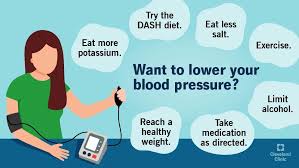
Now, herbs are exciting, but they’re not the whole solution. Real hypertension self care has layers:
-
Food: Less sodium, more fruits, veggies, and whole grains.
-
Exercise: A brisk 30-minute walk most days makes a difference.
-
Stress: Arguments spike blood pressure. Relaxation lowers it.
-
Sleep: Quality rest supports your heart.
-
Monitoring: Don’t guess. Track with a home cuff.
Herbs like garlic, hibiscus, and hawthorn work best when added safely to these lifestyle habits, not as a replacement. For more resources, you can explore guides at www.evaluatemymeds.com.
Wrapping It Up
So here’s the recap. Garlic relaxes vessels and lowers cholesterol. Hibiscus clears fluid and sodium. Hawthorn strengthens long-term heart function. Together, they can support hyper tension treatment.
But herbs interact. They can boost or block your meds. Ignoring herb medication interactions is like ignoring a “slippery when wet” sign. Maybe you’ll be fine. Maybe not. That’s why checking at www.evaluatemymeds.com or with your provider is always step one.
Smart blood pressure management isn’t about pills versus plants. It’s about weaving them together, carefully, with guidance. Because what’s the real goal? A healthier heart and more years for the moments that matter. And honestly? That’s worth every ounce of caution.
❓ Frequently Asked Questions (FAQ)
1. Can garlic really help with hyper tension treatment?
Yes, studies show that garlic can lower both systolic and diastolic blood pressure by a few points. Its active compound, allicin, helps blood vessels relax, supporting overall blood pressure management. But remember — garlic can interact with anticoagulants or hypertension medication, so always check for herb medication interactions before taking supplements.
2. Is hibiscus tea safe to drink with hypertension medication?
Hibiscus tea has been shown to lower blood pressure naturally, which makes it a popular choice for hypertension self care. However, it can act like a diuretic, which means if you’re already on diuretics or ACE inhibitors, it could lower your blood pressure too much. Use a reliable herb drug interaction checker like www.evaluatemymeds.com before adding it to your routine.
3. What’s the risk of herb medication interactions with hawthorn?
Hawthorn may improve circulation and heart function, but it interacts with medications like digoxin, beta-blockers, and nitrates. These interactions can either amplify or weaken your prescribed hypertension medication. That’s why hawthorn should only be used after checking with your healthcare provider and using tools like the one at www.evaluatemymeds.com.
4. Can I replace my hypertension medication with herbs like garlic, hibiscus, or hawthorn?
No. Herbs can support blood pressure management, but they are not substitutes for prescribed hyper tension treatment. They work best as complementary options within a larger hypertension self care plan that includes medication, diet, exercise, stress reduction, and regular monitoring.
5. How can I safely combine herbs with my hyper tension treatment plan?
The safest way is to:
-
Talk with your doctor or pharmacist.
-
Use a herb drug interaction checker (like the one at www.evaluatemymeds.com).
-
Start with food-based herbs (like cooking with garlic) before considering supplements.
-
Monitor your blood pressure regularly to spot any unusual changes.
🌐 External Link:
You can link these within the blog to boost credibility:
🔗 Internal Link:
-
Drug Interaction Checker Tool → https://evaluatemymeds.com/
-
Hypertension Blog Section → https://evaluatemymeds.com/index.php/blog/
-
Medical Terms Made Easy → https://evaluatemymeds.com/index.php/glossary-simple-medical-terms/
